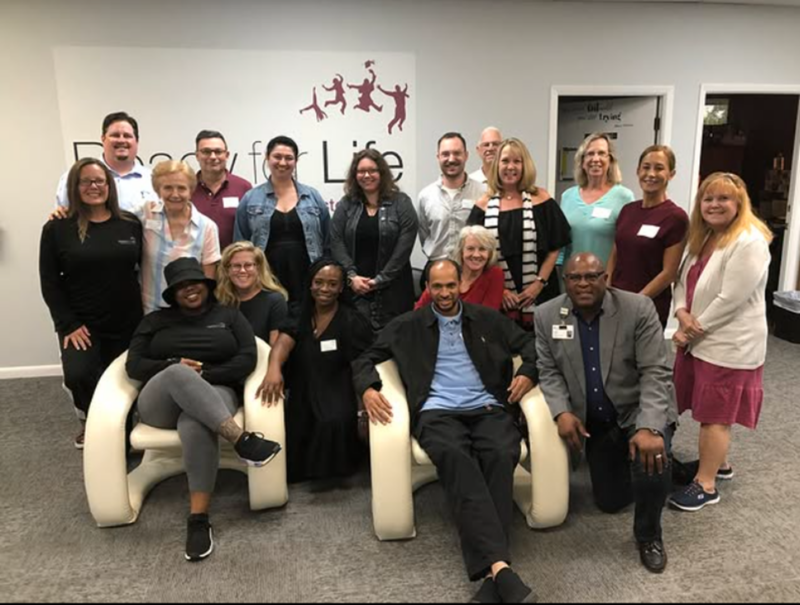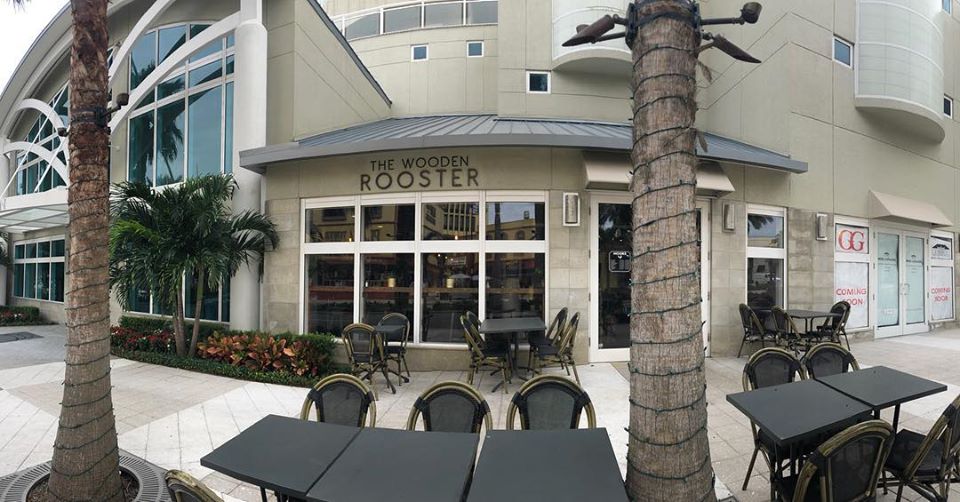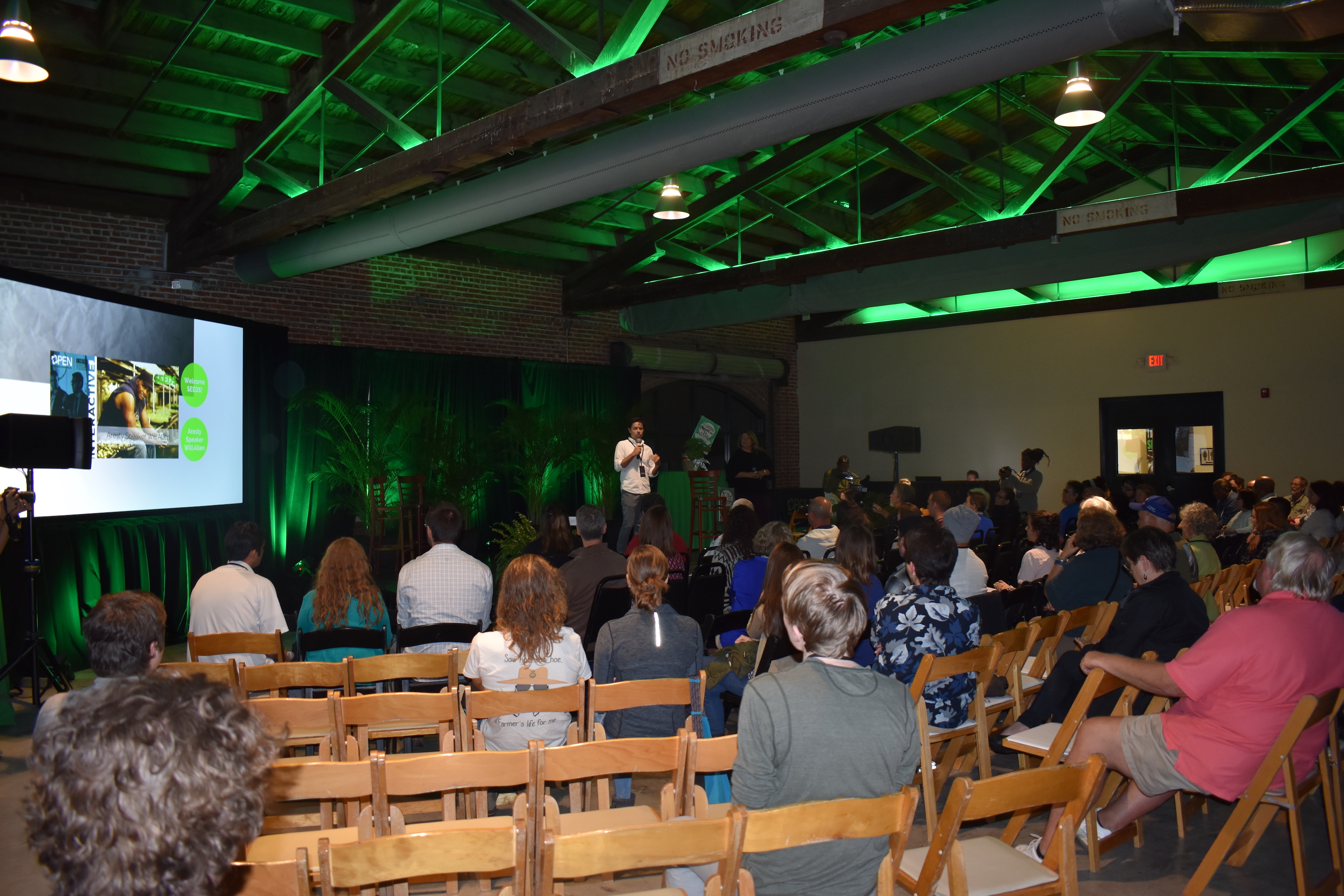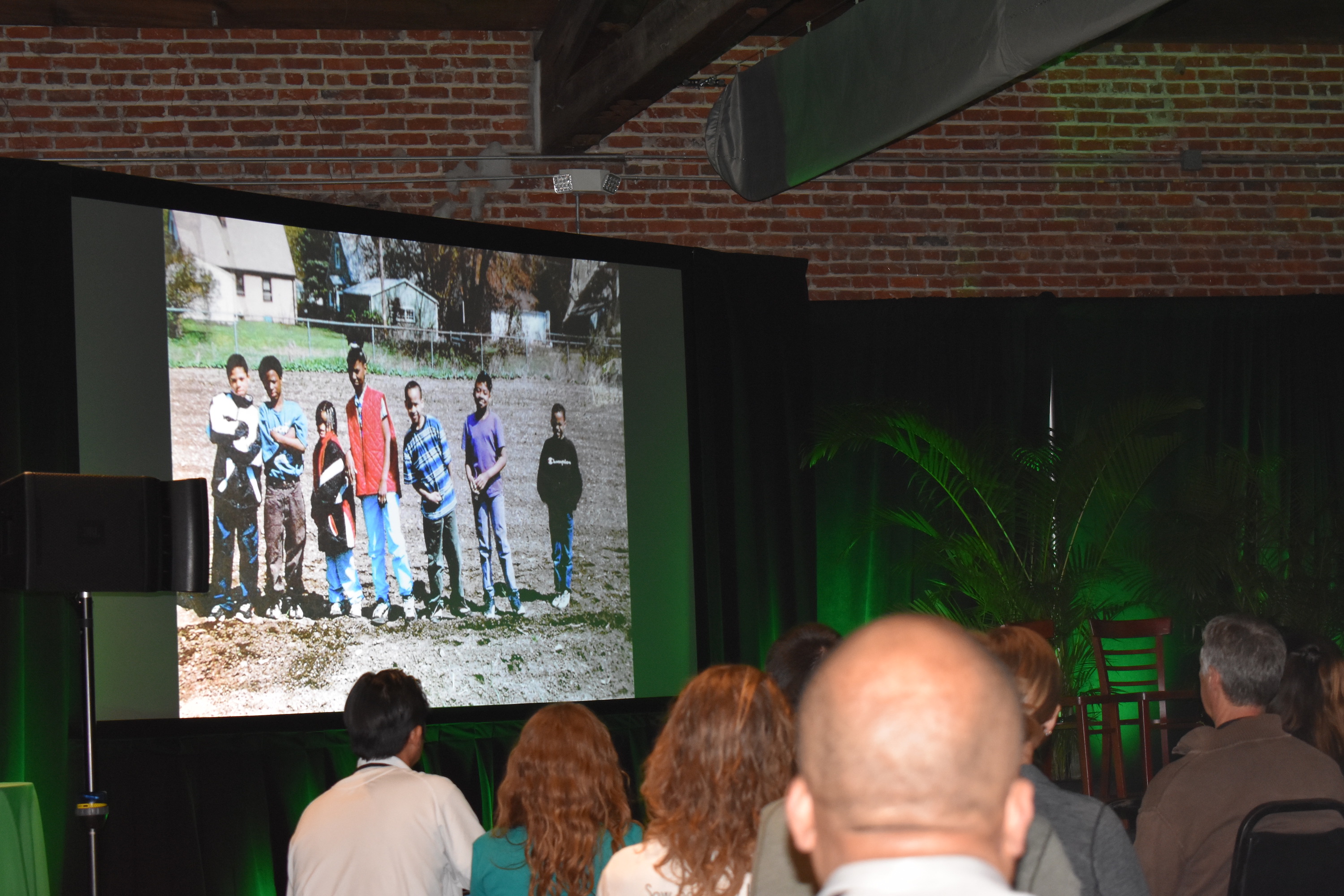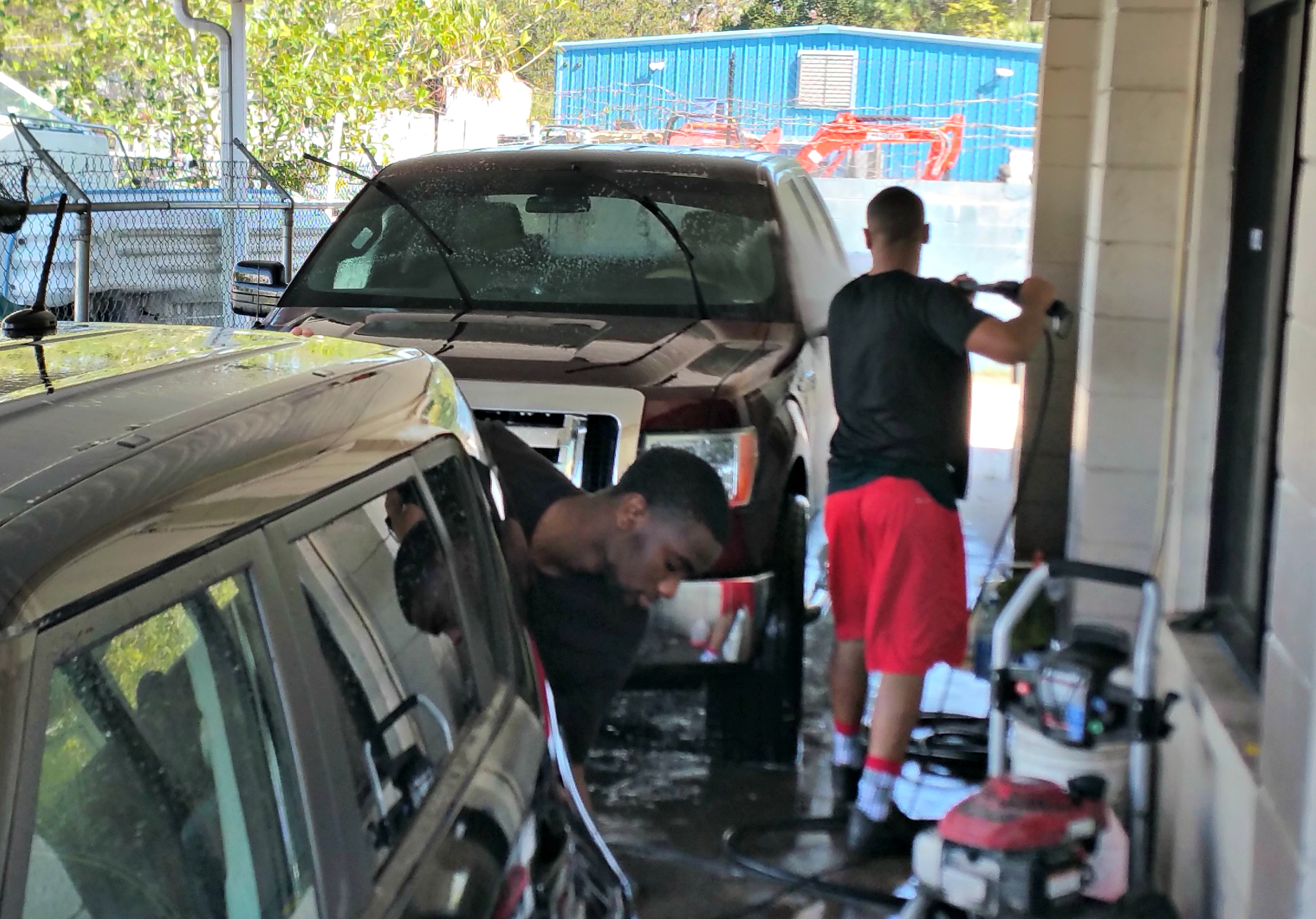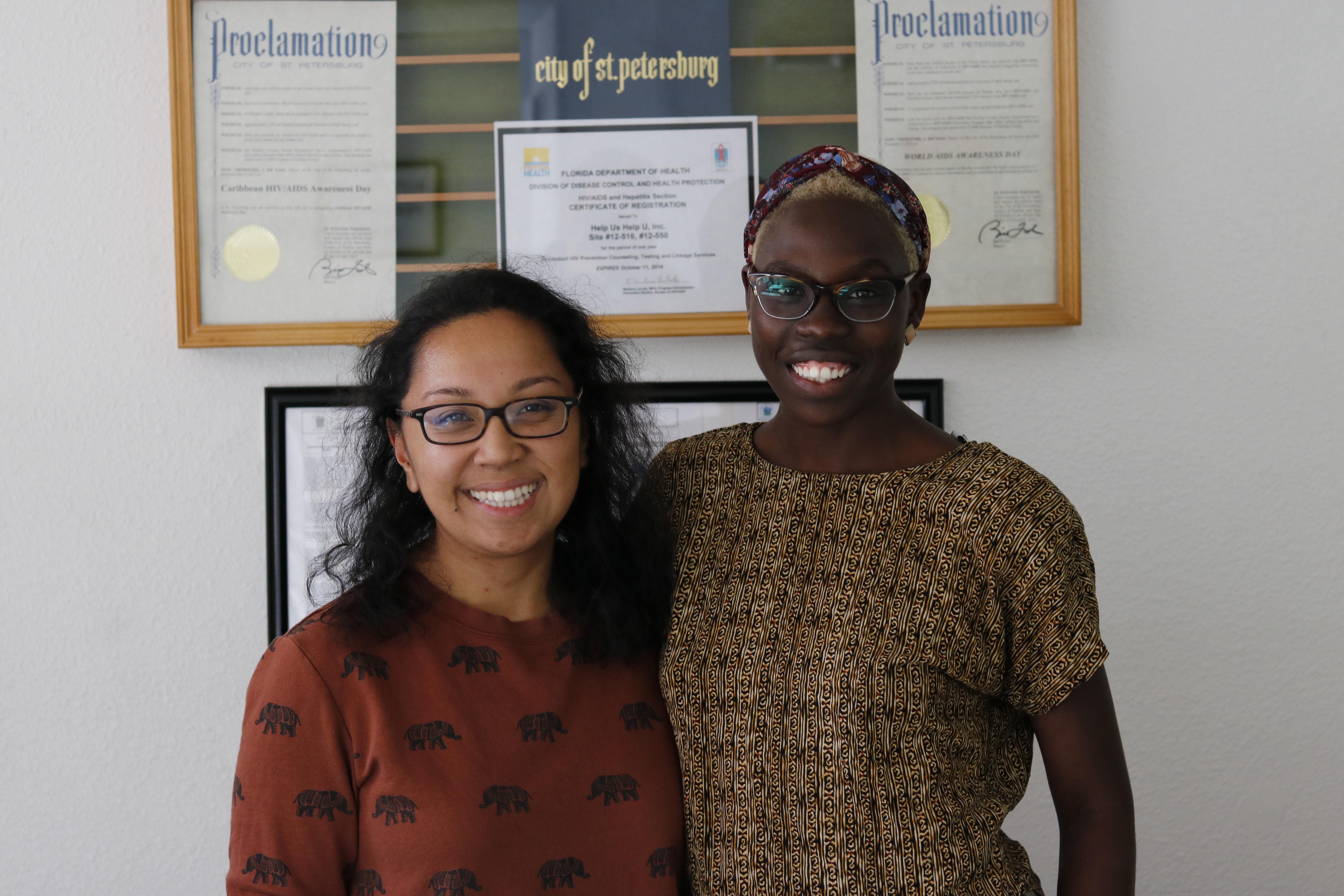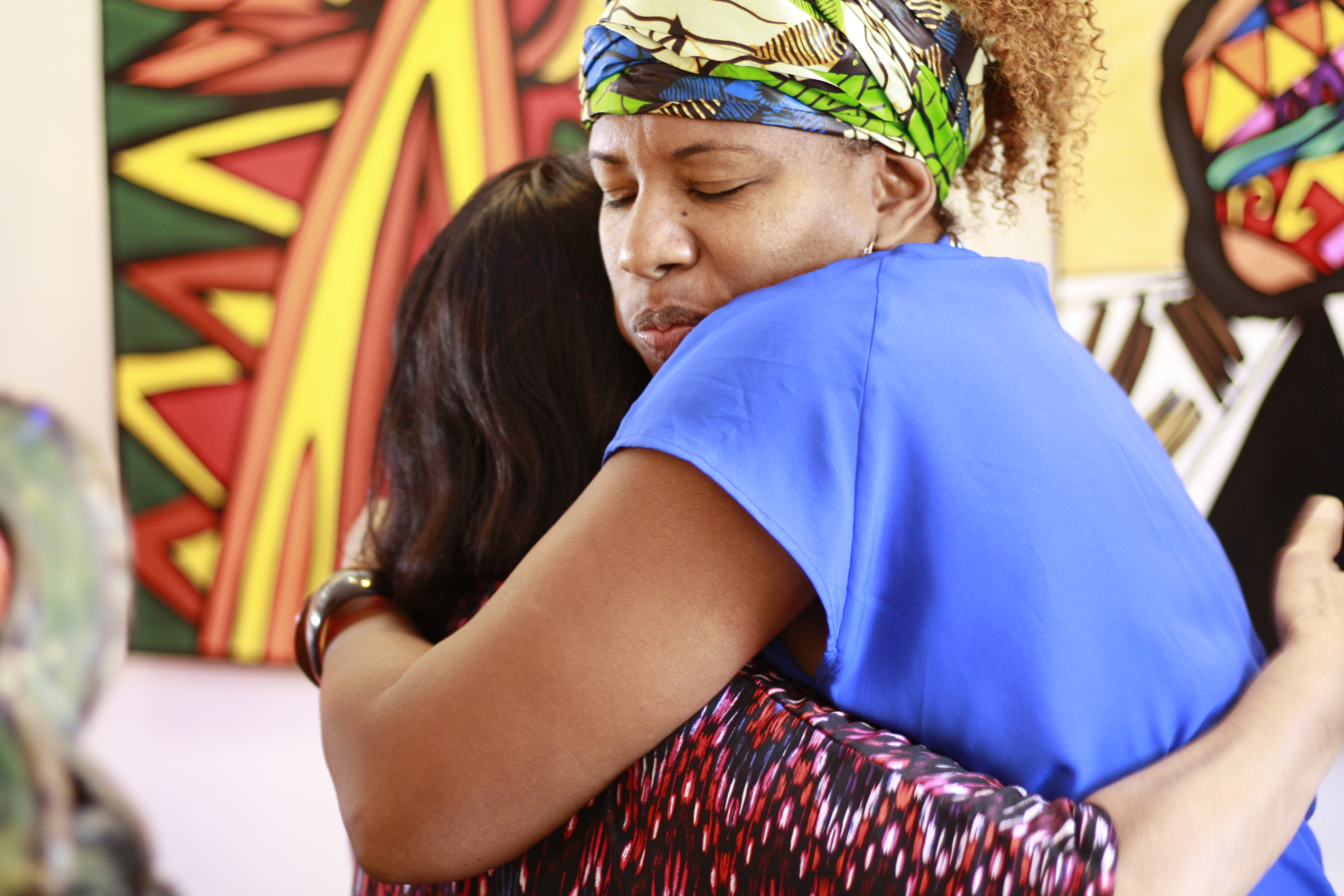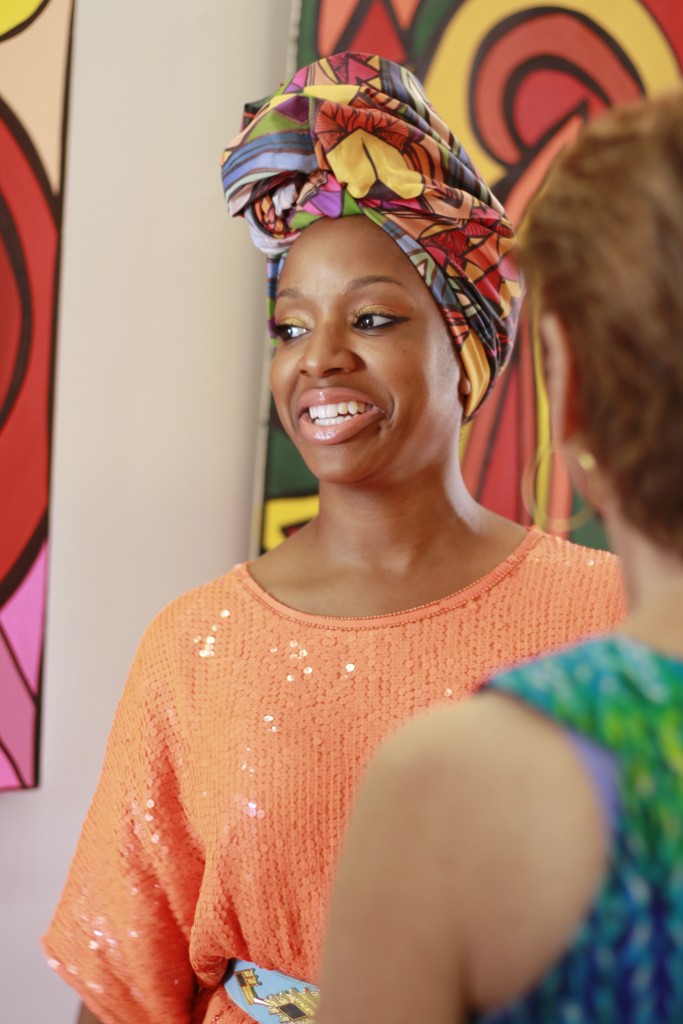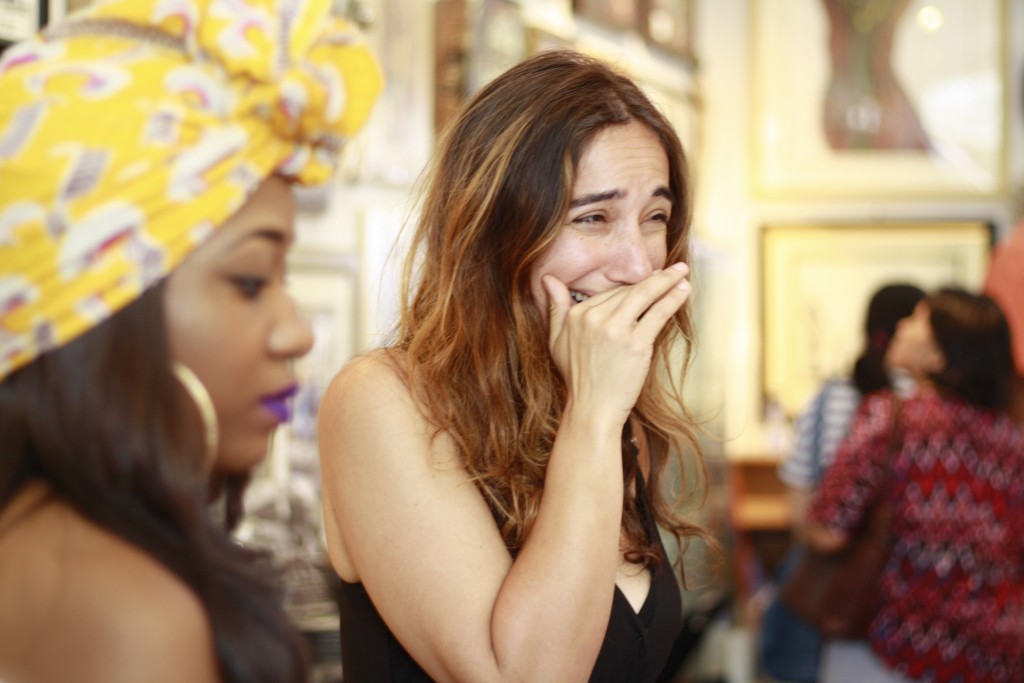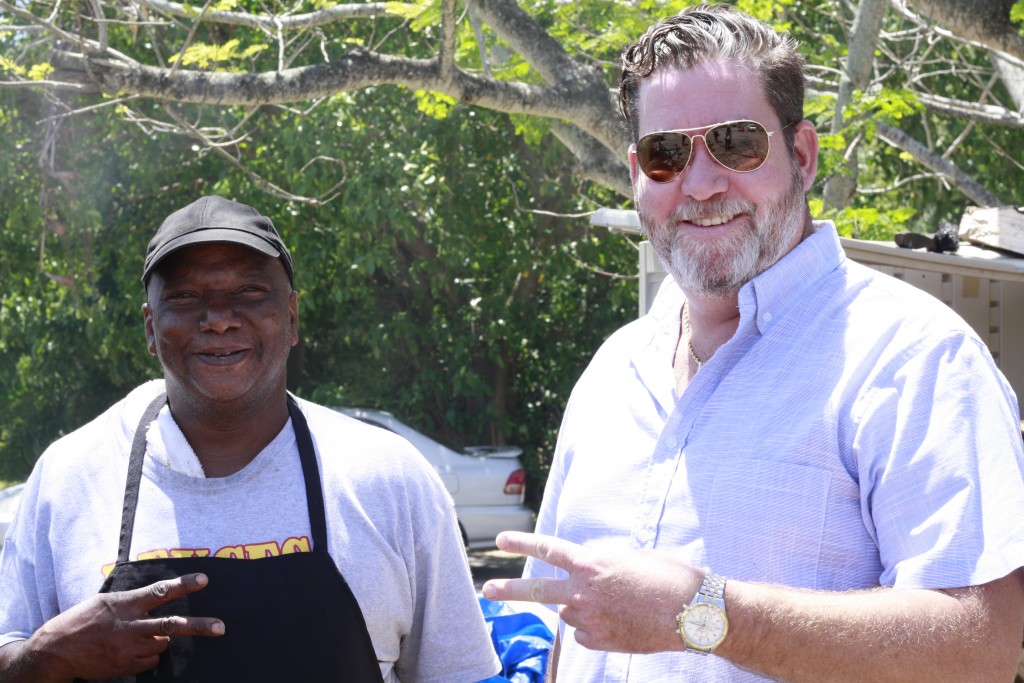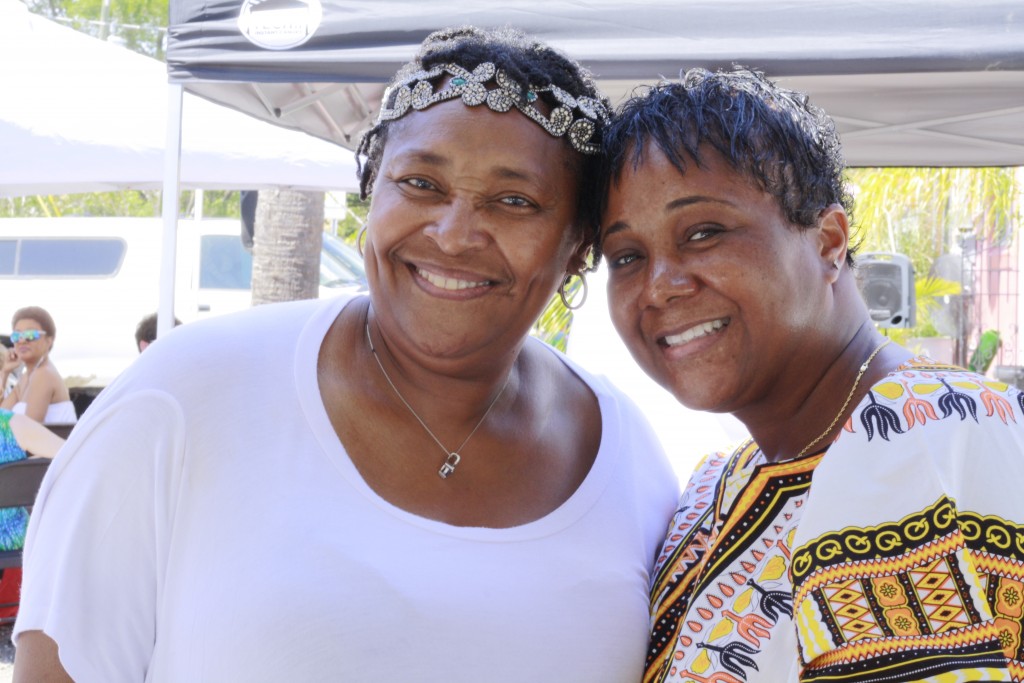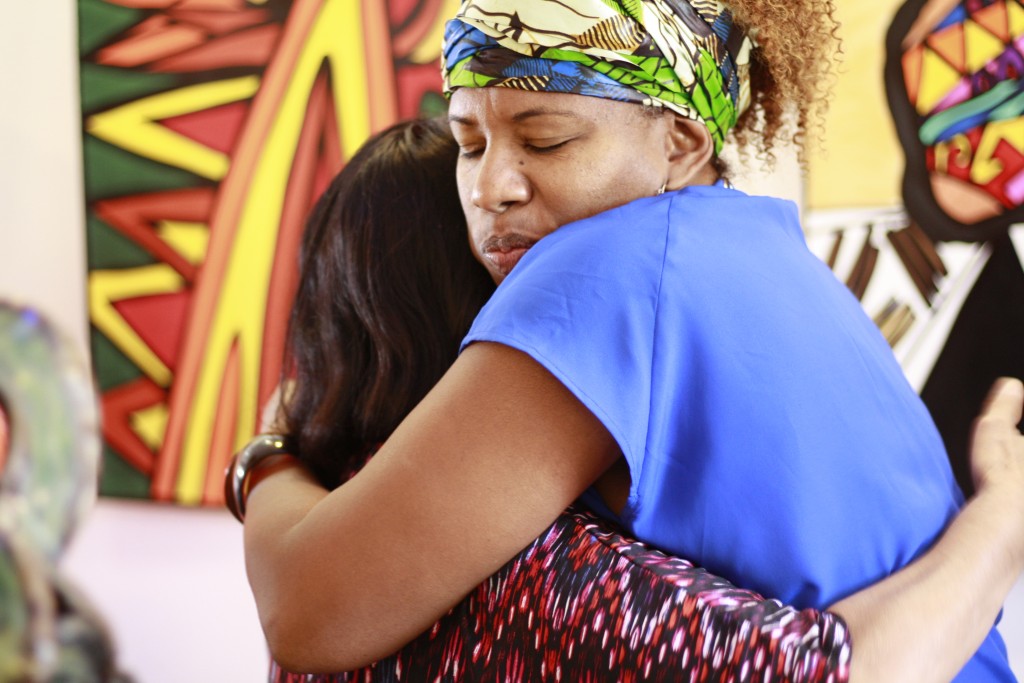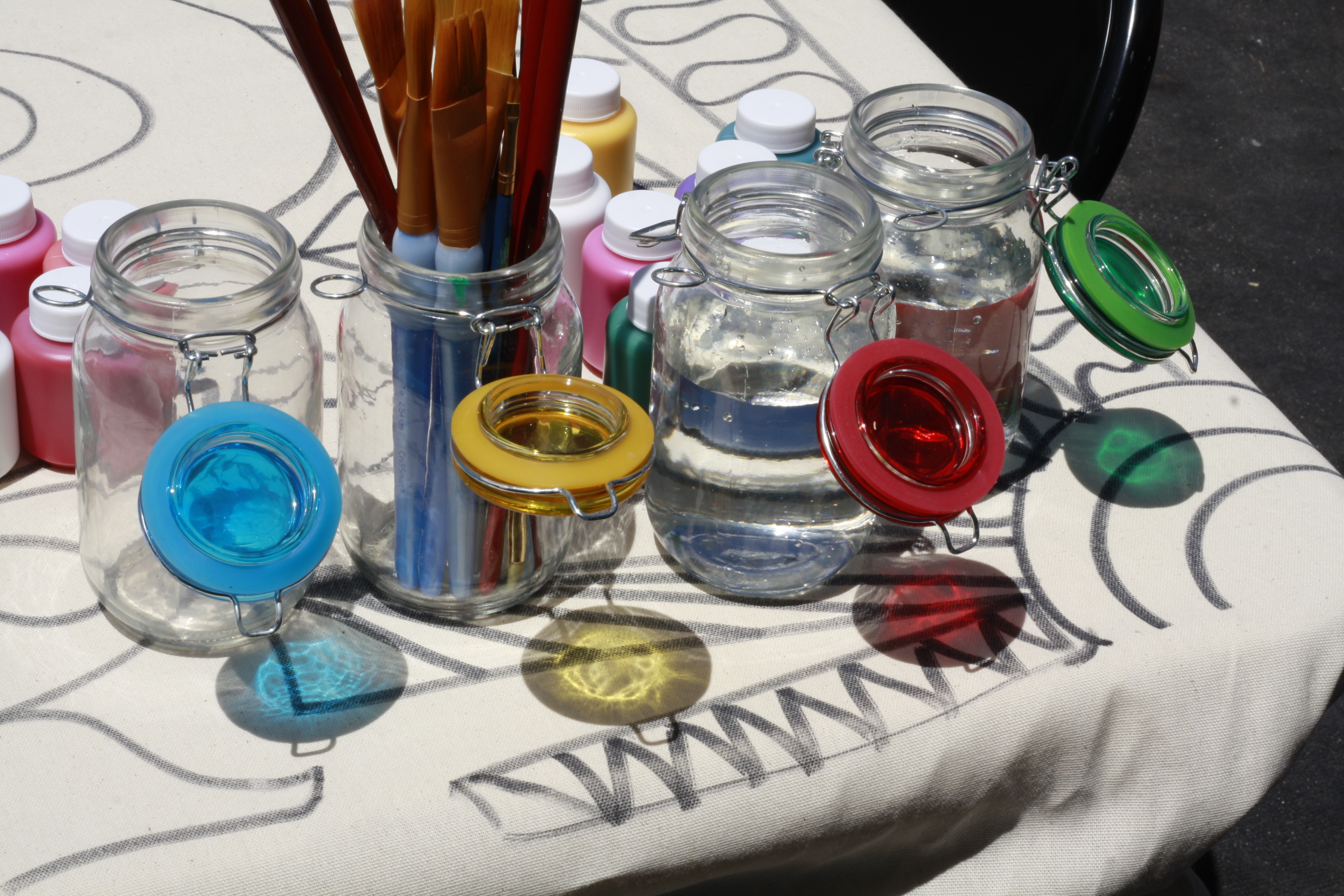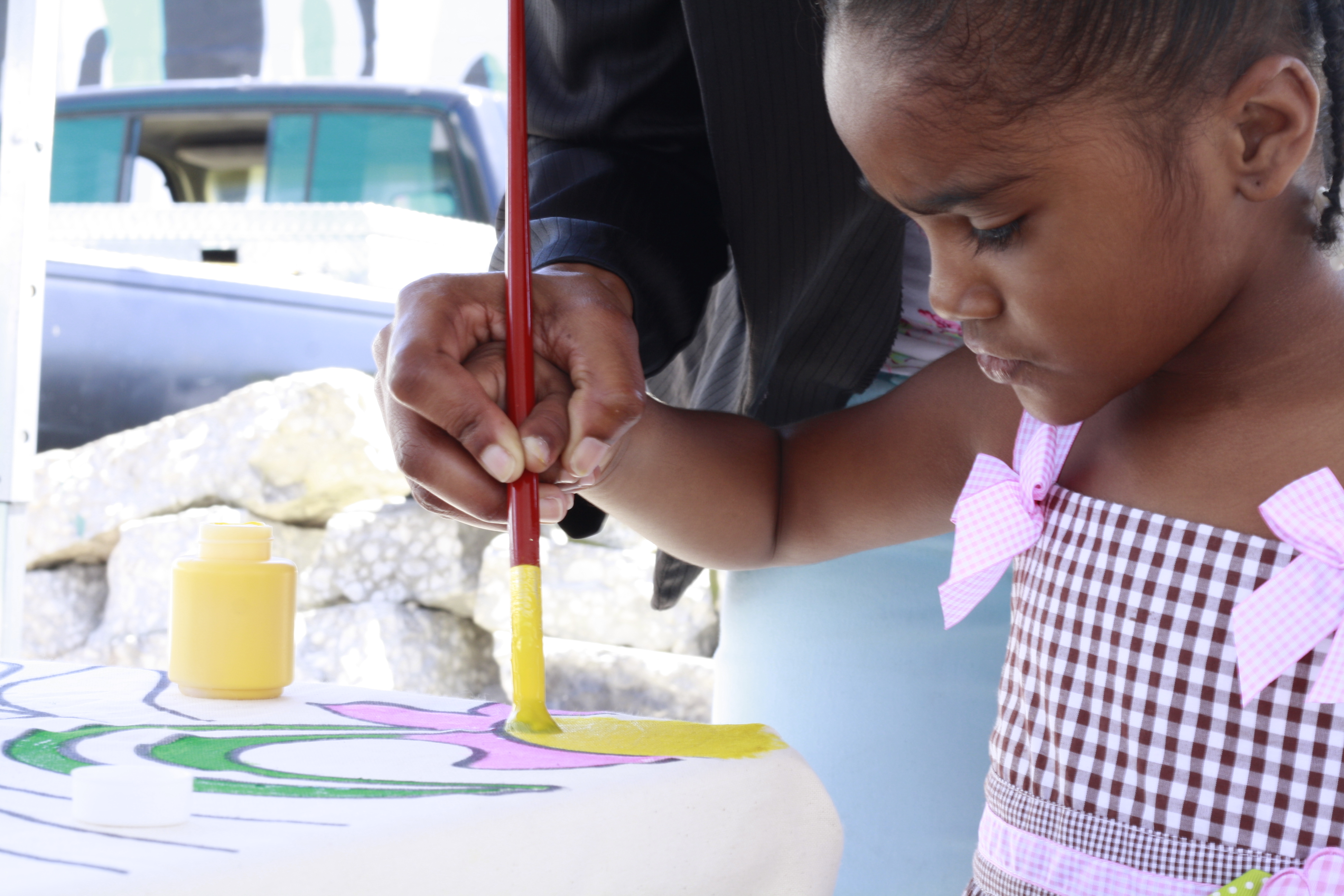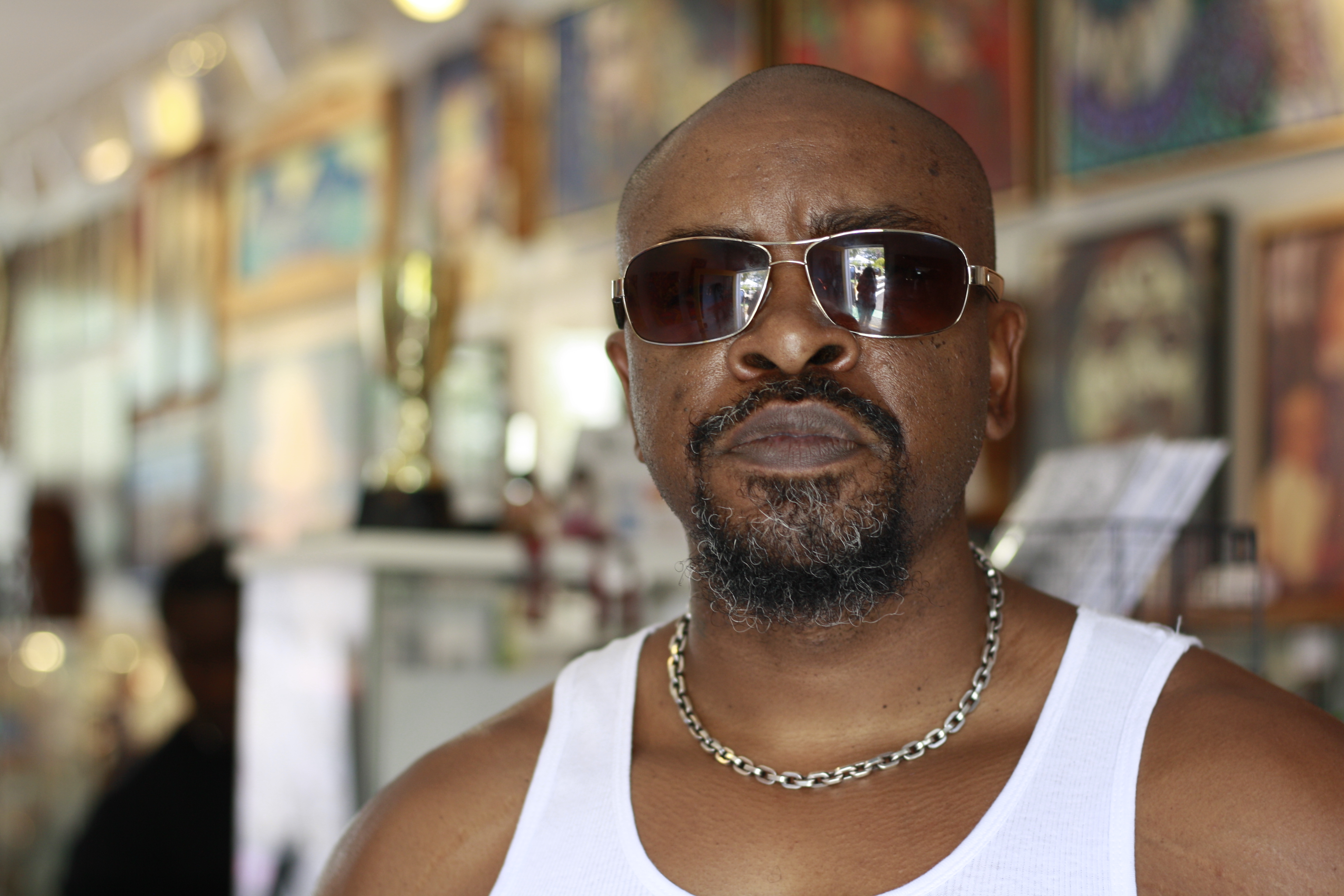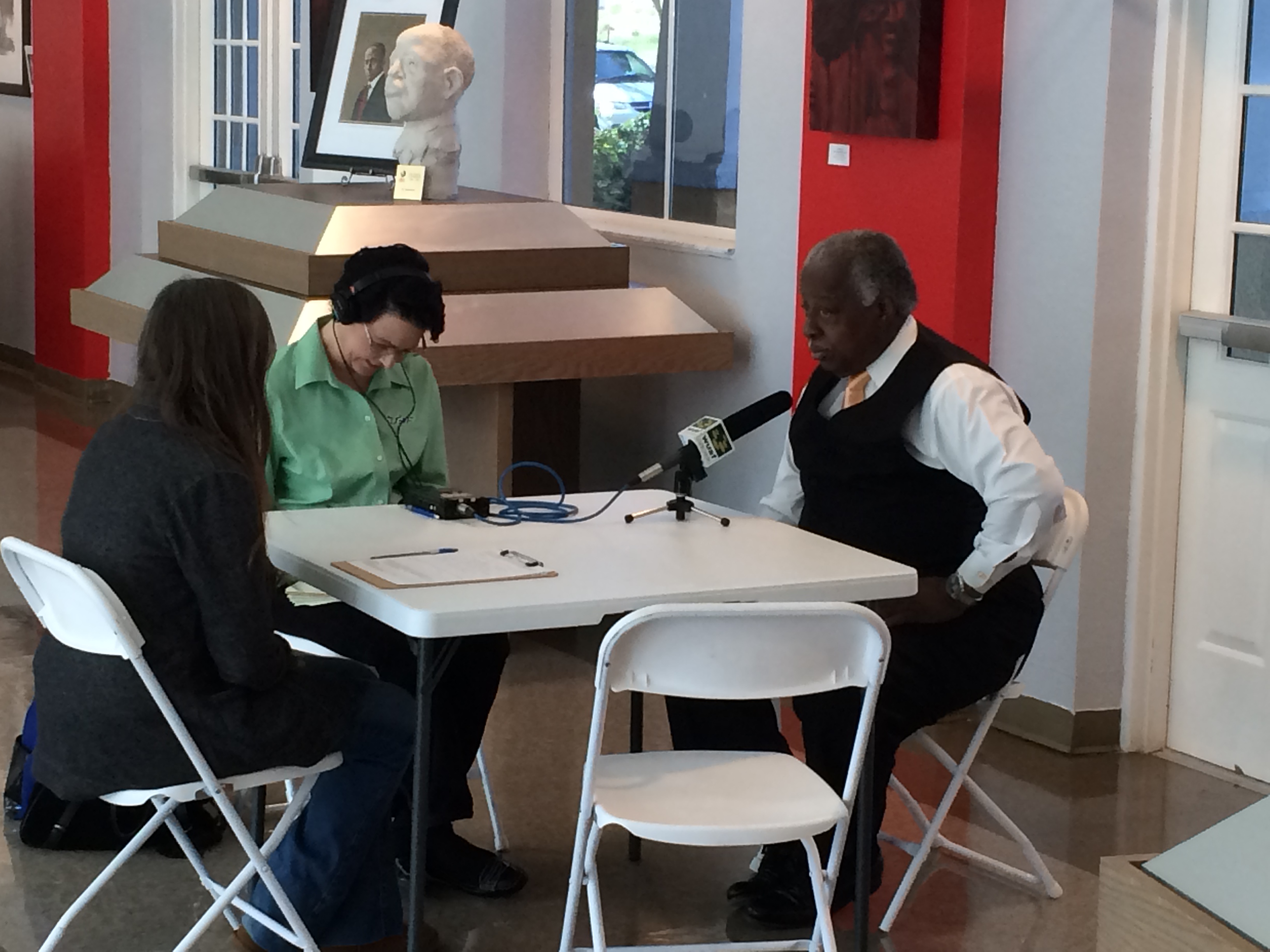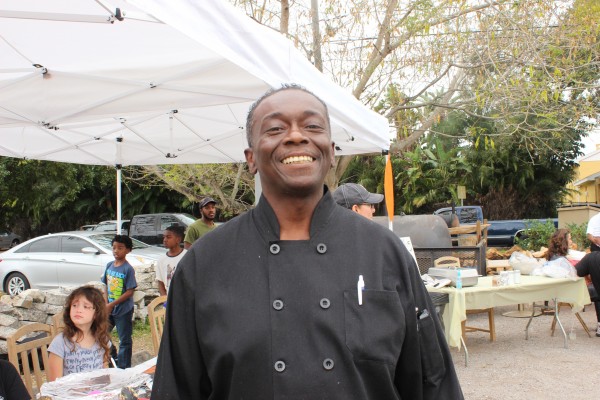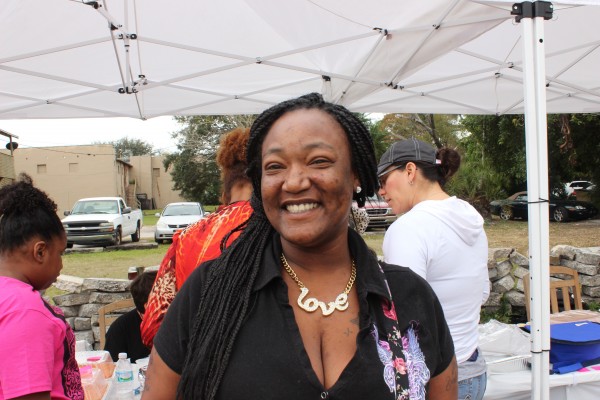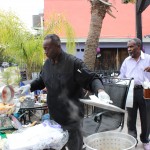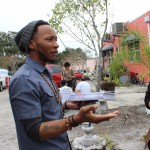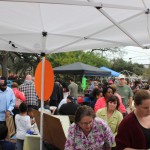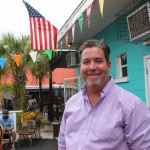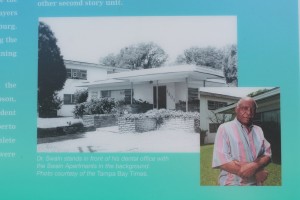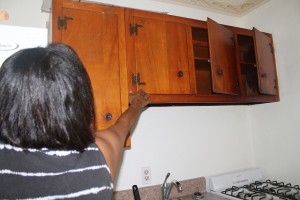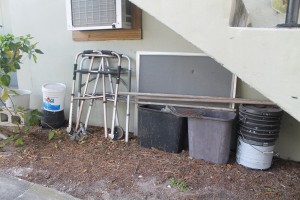By Dayana Melendez
For many young people who have gone through the turbulence and instability of growing up in foster care, moving from group home to group home, what they hope for most is a sense of normalcy.
“I want a career, a wife [and] a family of my own one day,” said Nicolas Burke, a 29-year-old former foster youth from Maryland.
After aging out of the system, Burke became homeless and bounced between temporary housing arrangements before relocating to Florida. There, he connected with Ready for Life, a nonprofit based in Largo that supports youth transitioning out of foster care.
He now works at The Original Crabby Bill’s restaurant and was recently accepted into a three-week program to become a certified electrician. He was also referred to AmSkills, a career discovery program in manufacturing, to explore additional opportunities in the trades.
Each year, approximately 20,000 young people age out of foster care in the United States, according to the National Foster Youth Institute. Of those, 20% become homeless immediately, and nearly 40% experience homelessness by the age of 21.
In Florida, 46% of former foster youth experience homelessness or housing instability within 18 months, according to a 2023 report from the Florida Council on Homelessness.

Ready for Life is working to change those outcomes. Established in 2009 with a mission to “change lives beyond foster care,” the organization has helped hundreds of young adults’ transition to independence.
The nonprofit provides wraparound support for young adults ages 15 to 28, with services including housing assistance, transportation, financial support, GED preparation, mental health referrals and life skills development.
Upon intake, every youth is paired with a youth specialist who helps assess needs and build a plan forward.
“Housing is a crisis right now as well as homelessness,” Ready for Life CEO Kathy Mize said. “Imagine trying to find a job while you’re homeless and have no income. That $500 a month can be the difference between eating, getting transportation or having a place to sleep.”
One of the organization’s most impactful initiatives is the Youth Opportunity Grants program, a partnership with St. Petersburg that provides monthly cash disbursements of $500 for 12 months to eligible young adults who were in out-of-home care between the ages of 14 and 18 and are not currently receiving formal aftercare services.
The program targets former foster youth ages 18 to 28 who live in Pinellas County and either live, work or attend school in St. Petersburg.
In addition to financial assistance, participants receive access to individualized support services including counseling, parenting programs and life skills development.
Mize said the grant helps stabilize youth who have fallen through the cracks of existing systems.
“This program is a lifeline for youth who otherwise wouldn’t qualify for extended foster care or state-run aftercare,” she said.
Deville Hyde, a 20-year-old from Pinellas County, said he was removed from his foster home at 17 and left without any resources or support.
“From the time I was 16, I’ve been really off and on homeless,” Hyde said. “When I left the foster home, I was given no resources. Nothing.”
Hyde said other agencies made him feel ignored or judged. At Ready for Life, he “found something different.”
“They actually did a lot because they gave me more help than most adoption agencies gave me,” Hyde said. “No other place was really understanding where I was coming from.”
Among the services Hyde received was help obtaining a certified copy of his birth certificate, a document he needed to apply for jobs and access assistance programs. During a visit to Ready for Life, staff handed him the letter and explained what it was as he opened it. Though he didn’t speak about it directly, the moment underscored the role the organization plays in helping youth with essential documentation and stability.
Jake Ray, director of programs at Ready for Life, said nearly half of the youth who come through the organization’s doors are experiencing homelessness.
Many are sleeping outdoors, couch surfing or staying in shelters when they arrive.
“We try to get an idea of where they’re at risk — where they’re struggling the most,” Ray said. “And then figure out how we can help, whether that’s housing, jobs or just a place to breathe.”
The organization’s Largo Skill Center features Rays Clean Sweep Day Stop, where youth can access showers, toiletries, laundry, lockers and clothing at no cost. A space called Beth’s Corner provides new clothing for interviews or school and the Good Day Store offers hygiene and laundry products.

Youth are also encouraged to participate in Opportunity Passport, a financial literacy program in partnership with Suncoast Voices for Children. After completing the program, participants can receive up to $3,000 in matched savings for approved expenses like housing, education or transportation.
Nate Johnson, a 34-year-old staff member at Ready for Life, knows firsthand how vital that support can be. After spending five years in foster care, he transitioned into a group home that helped prepare him for adulthood. At 18, he moved into an apartment provided through a contract with his housing program, but that stability didn’t last.
“When I first moved out at 18, it wasn’t too bad because they had an apartment for us,” Nate said. “But at a point, they lost the contract for it. So, then I became homeless, couch surfing from different places.”
Despite housing instability in his early 20s, Johnson stayed employed and eventually reconnected with Ready for Life as a participant and later as a full-time staff member.
“Mentors made the biggest difference for me,” he said. “One of them took me to his DJ gigs and out to dinner with his wife. They gave me a sense of family I never had.”
In 2023, Johnson and his 10-year-old son Nathan received a life-changing surprise from former Tampa Bay Buccaneers running back Warrick Dunn and Habitat for Humanity. Johnson was selected as the first single father to receive support from Warrick Dunn Charities, which provided $5,000 toward his down payment and fully furnished their Clearwater home.

The moment, Johnson said, was more than just a gift; it was a symbol of how far he had come since aging out of the foster care system
Burke said Ready for Life is helping fill the gap in transitional support that many young adults need after aging out of foster care. He believes more programs like it are urgently needed across the country.
“Policymakers should make programs like Ready for Life in every state,” Burke said. “Everyone deserves this kind of support.”
Hyde said the emotional environment at Ready for Life is as important as the practical resources.
“Even though the shelter should be a safe place, I really feel like coming here is more of a safer place,” he said. “I’m around good people, and problems don’t really happen here.”
The program’s impact extends beyond immediate housing needs. Mize emphasized that lasting solutions for this vulnerable population require continued investment from local governments and partnerships across the community.
“Our goal is really to help build self-sufficiency and sustainability,” she said.
For Burke, Hyde and Johnson, Ready for Life represents more than just a program. It’s their chance to break the cycle and create something better for themselves and others.
“I try to be the kind of role model I never had,” Johnson said. “This place gave me the foundation to do that.”
